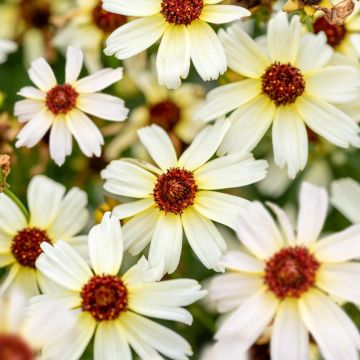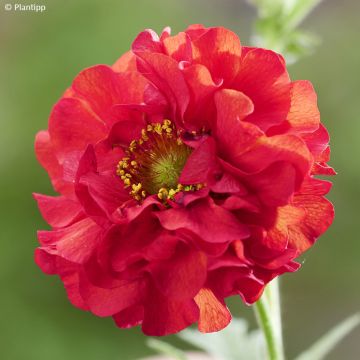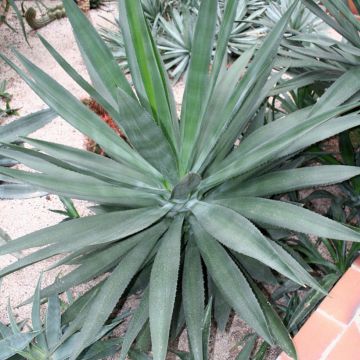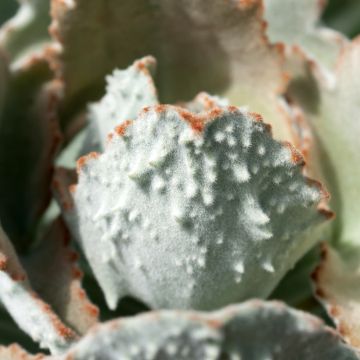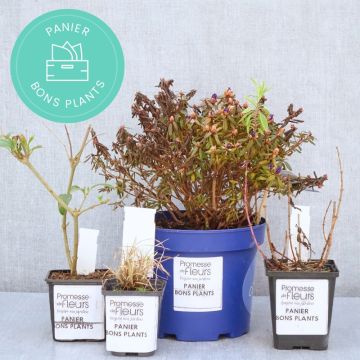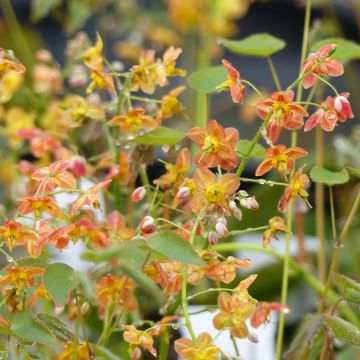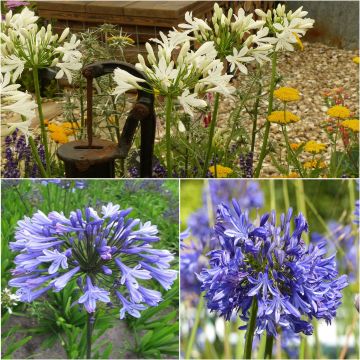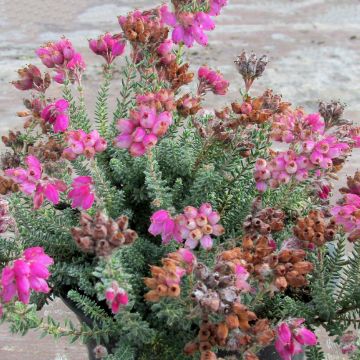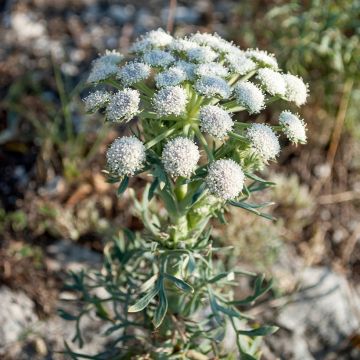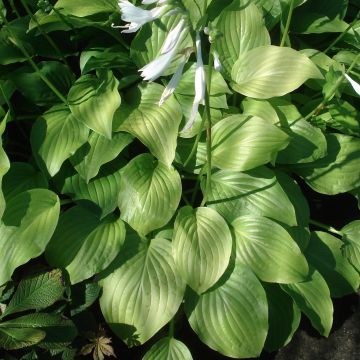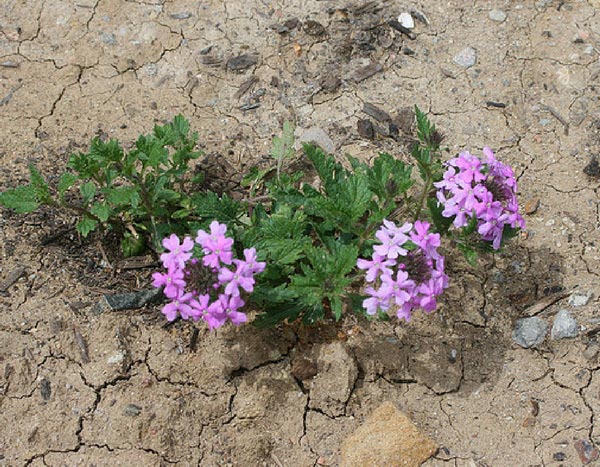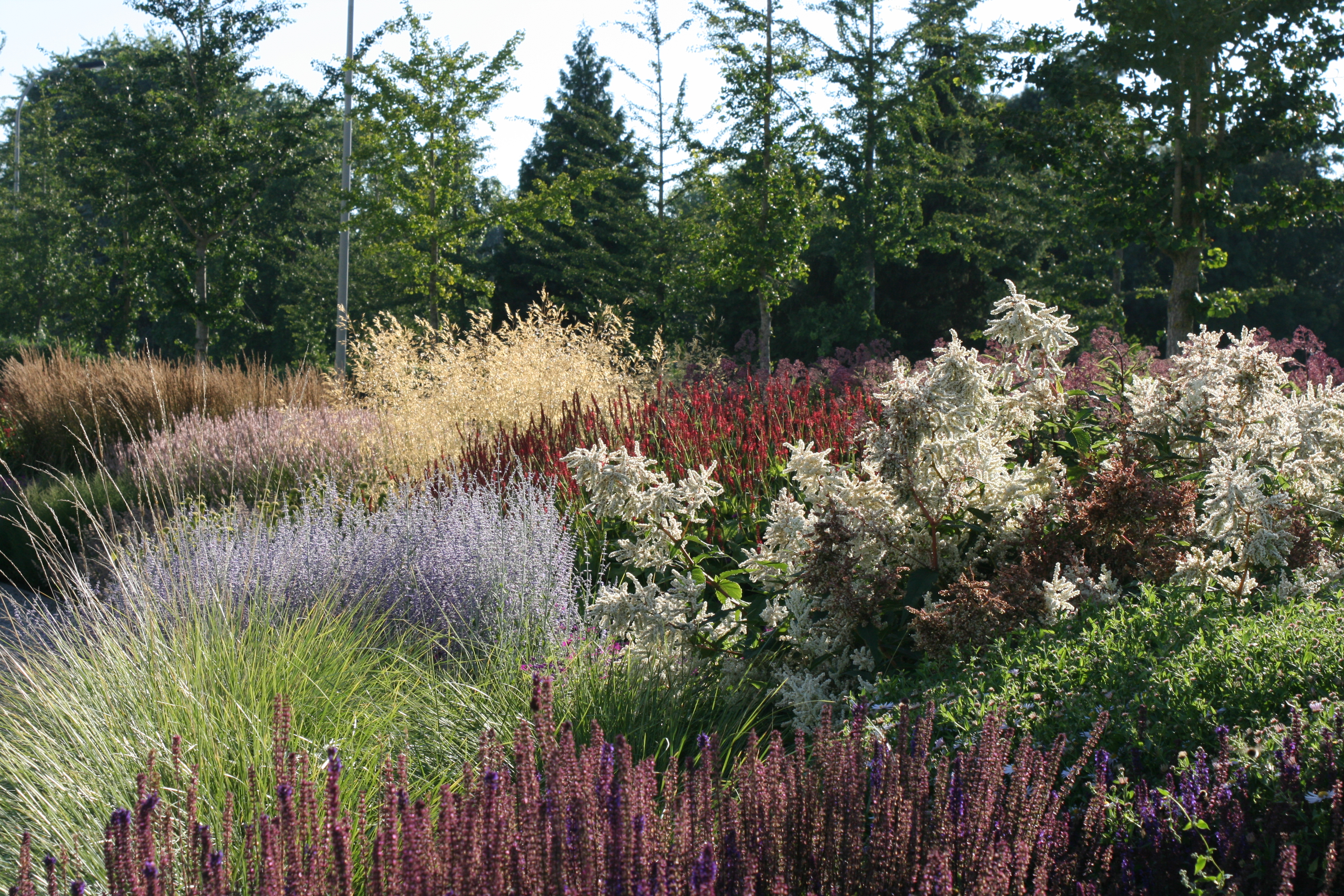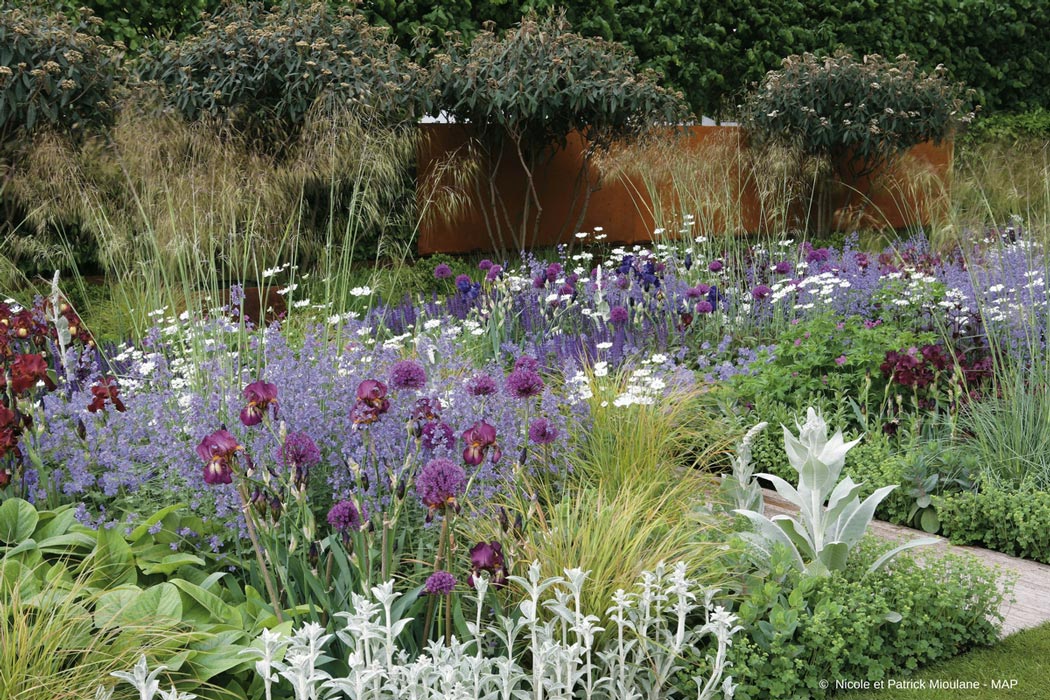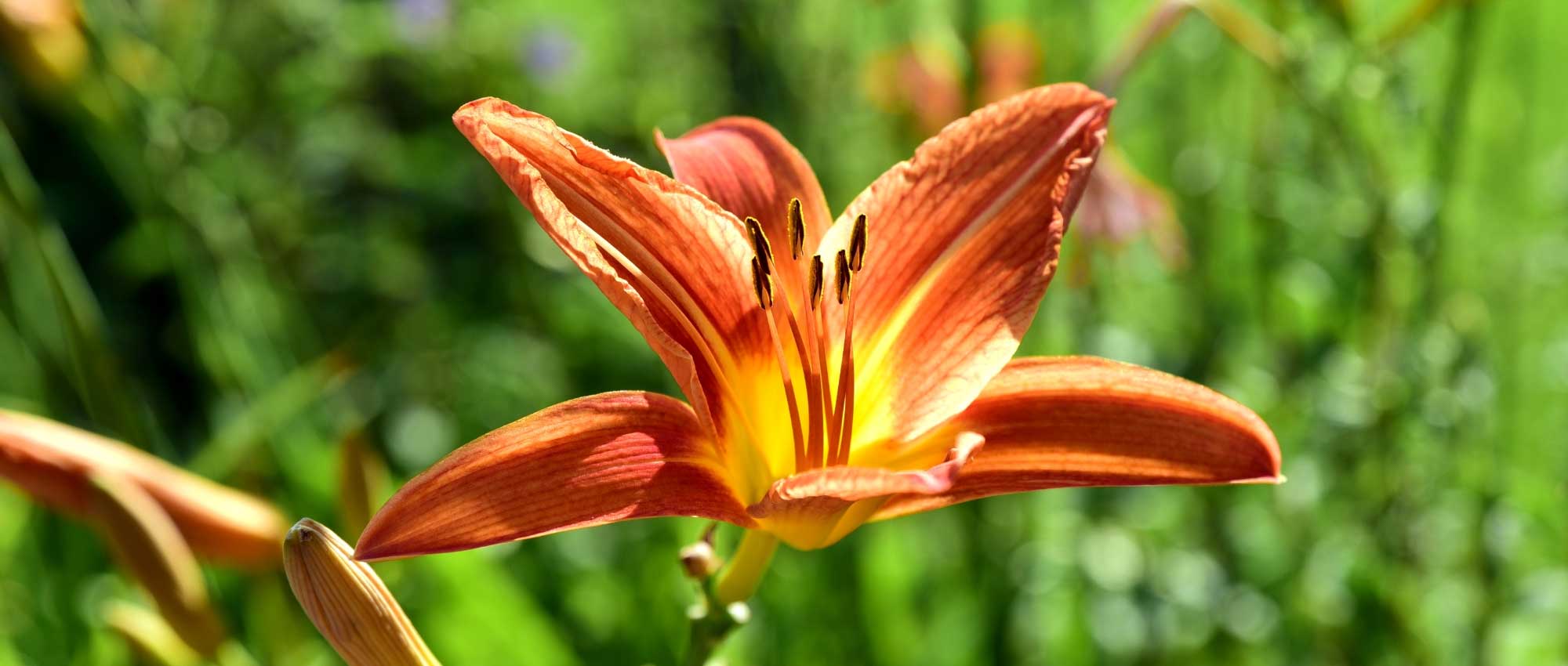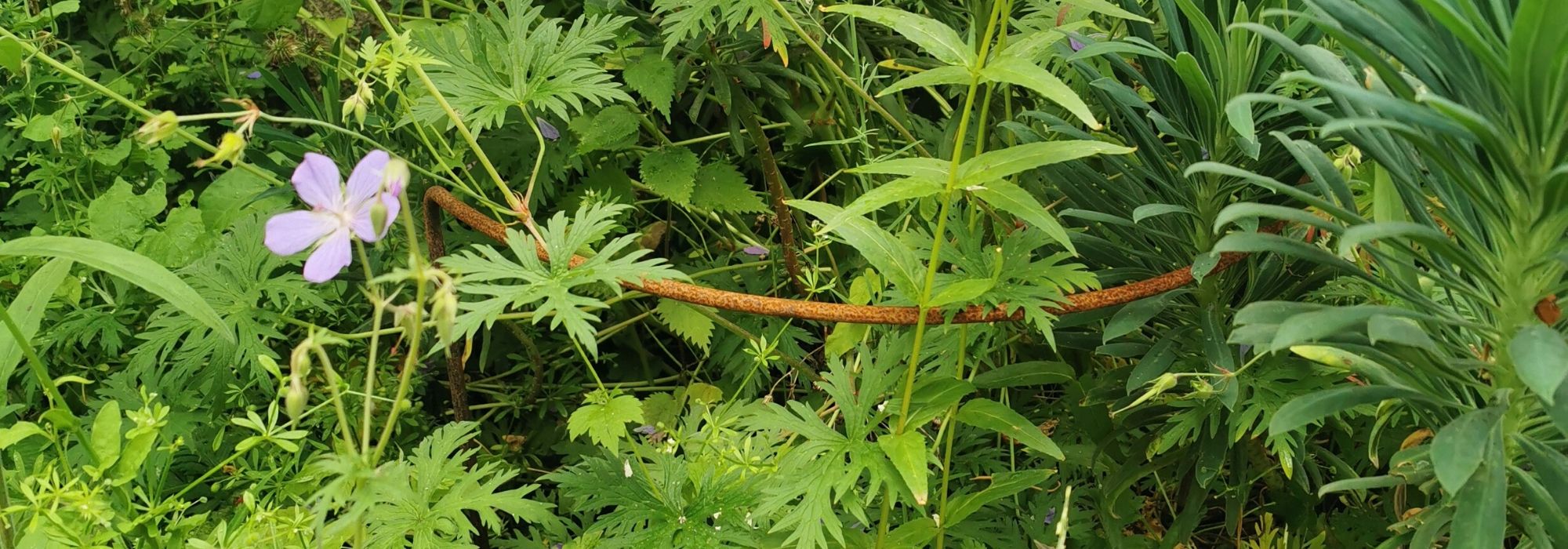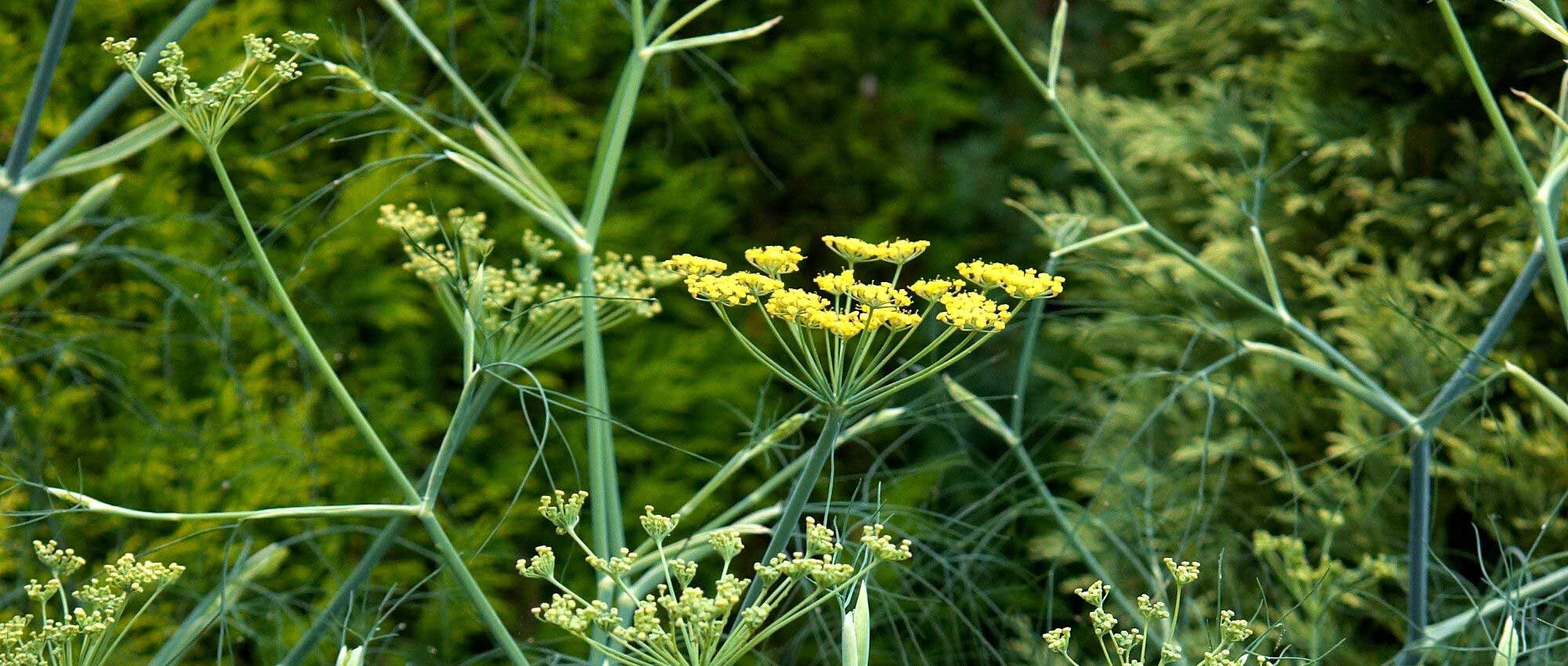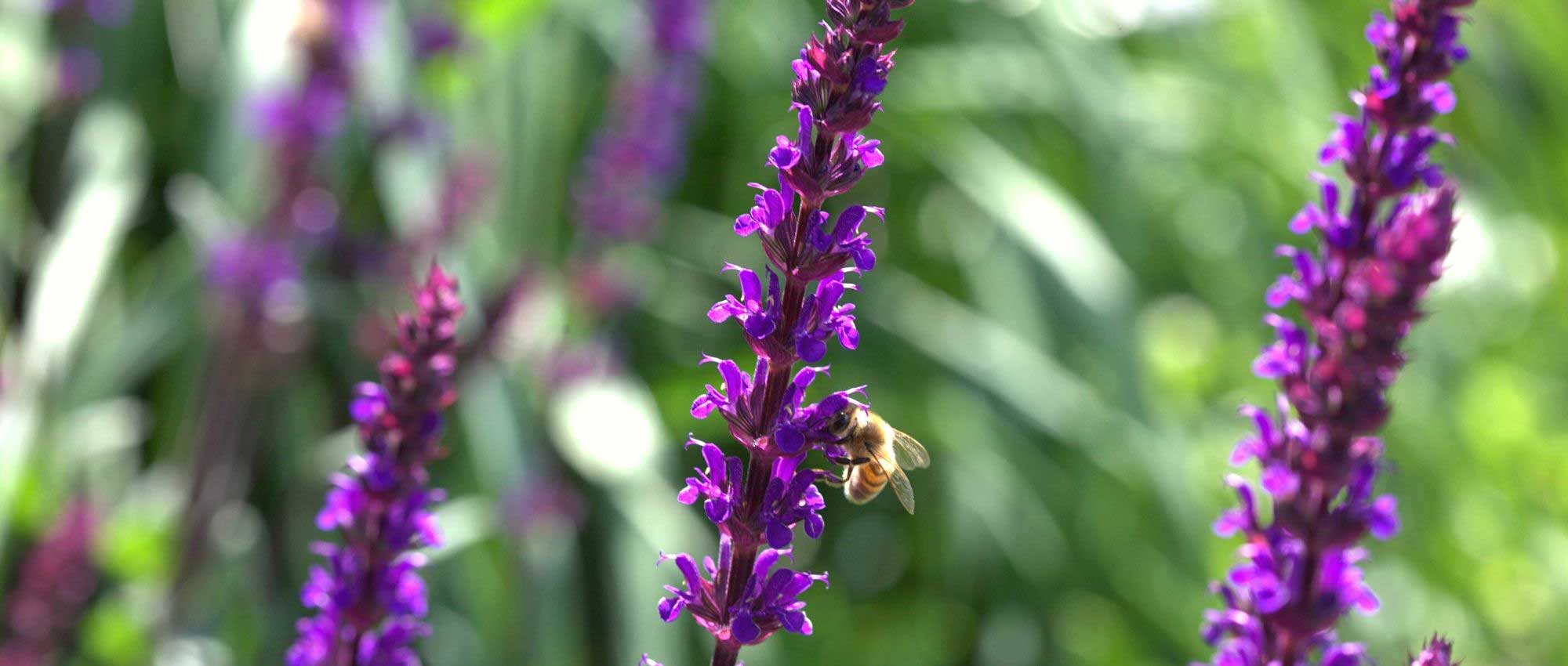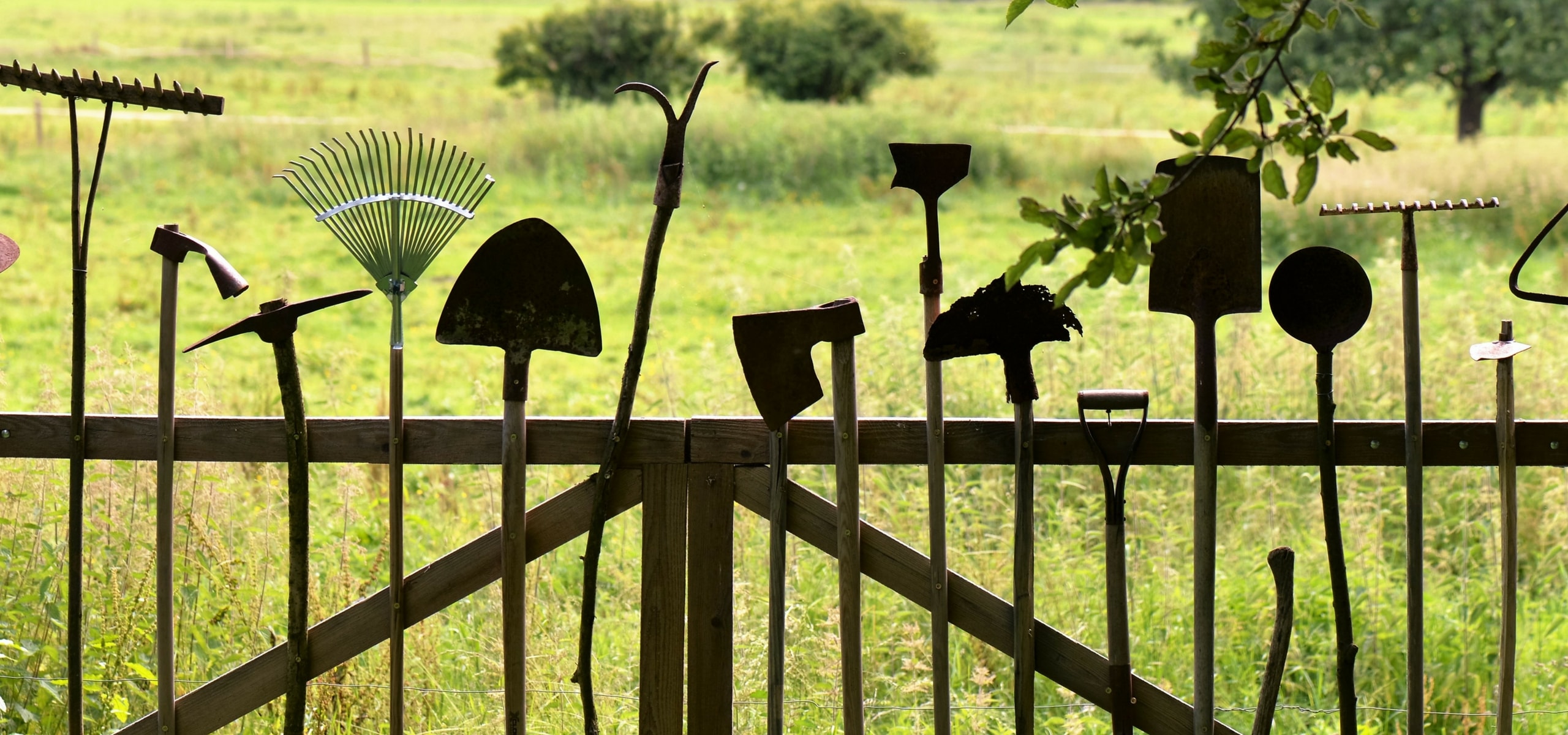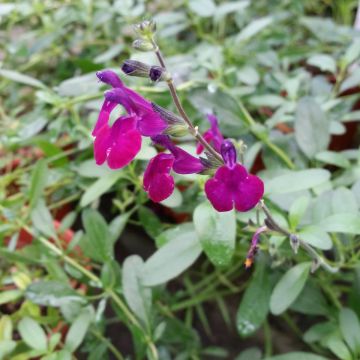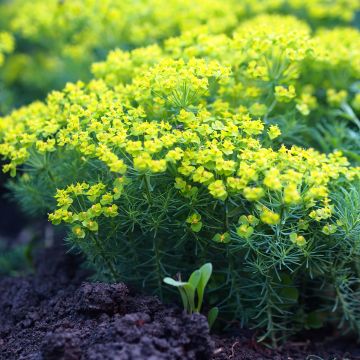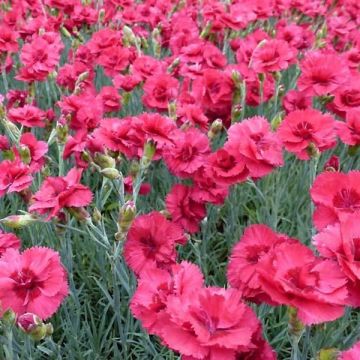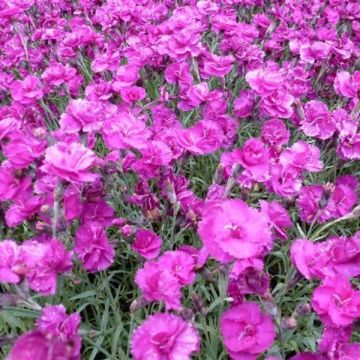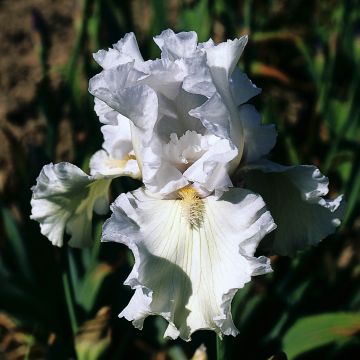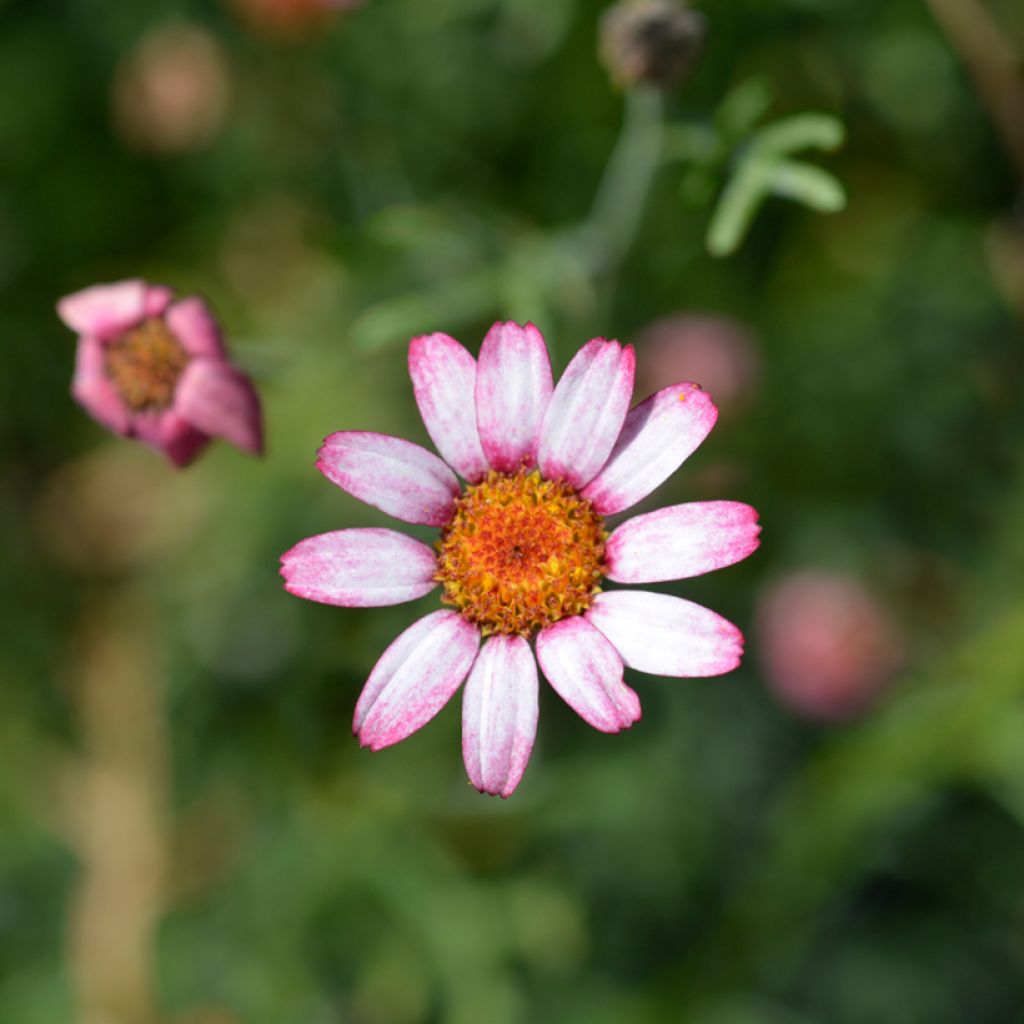

Rhodanthemum Marrakesh - Marguerite du Maroc hybride
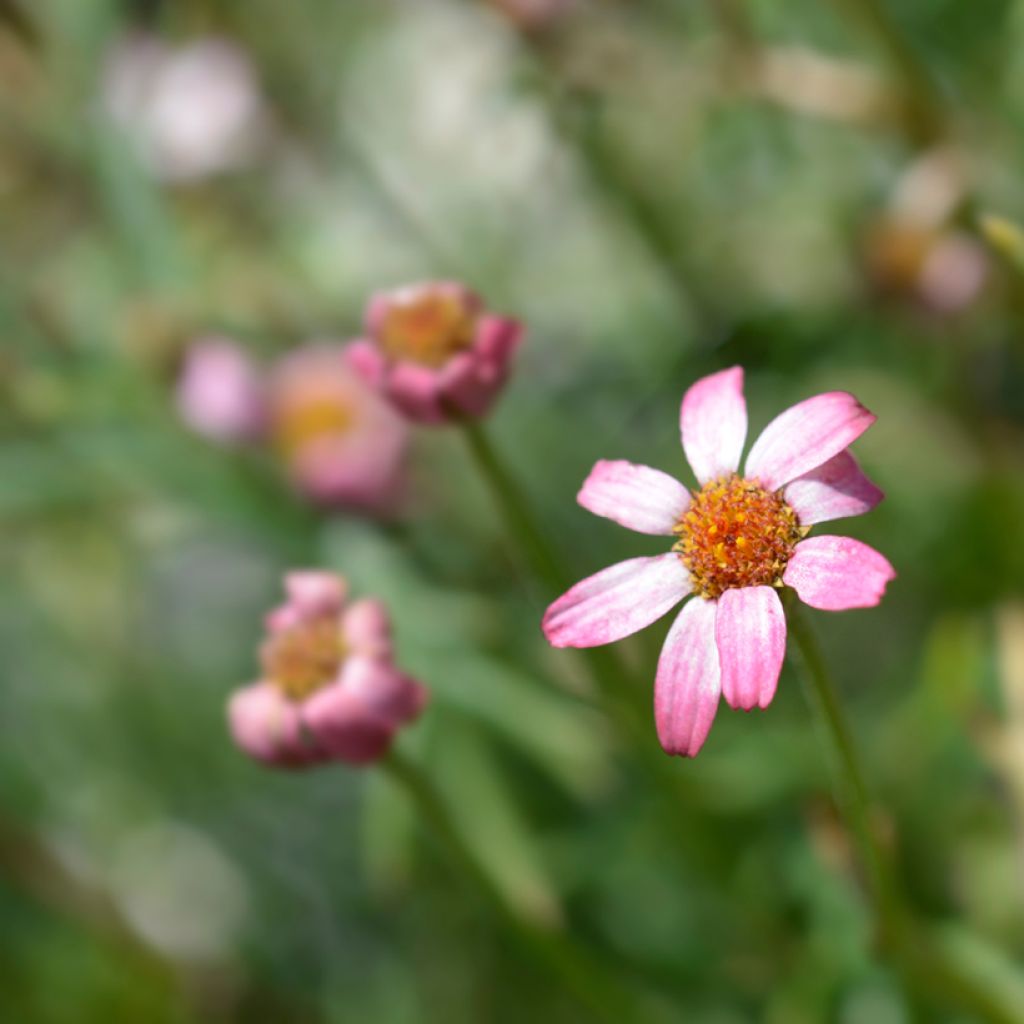

Rhodanthemum Marrakesh - Marguerite du Maroc hybride
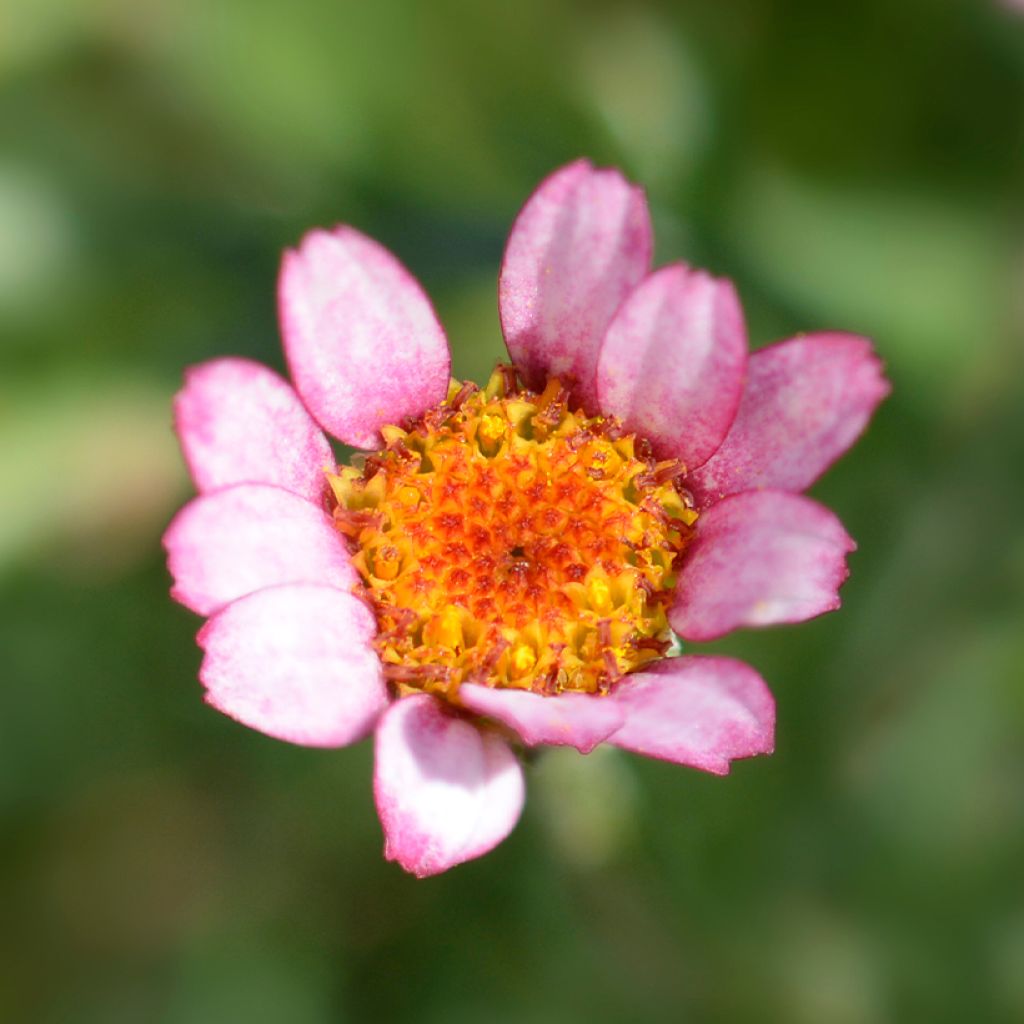

Rhodanthemum Marrakesh - Marguerite du Maroc hybride
Rhodanthemum hosmariense Marrakesh - Moroccan Daisy
Rhodanthemum x hosmariense Marrakesh
Moroccan Daisy, African Daisy
Special offer!
Receive a €20 voucher for any order over €90 (excluding delivery costs, credit notes, and plastic-free options)!
1- Add your favorite plants to your cart.
2- Once you have reached €90, confirm your order (you can even choose the delivery date!).
3- As soon as your order is shipped, you will receive an email containing your voucher code, valid for 3 months (90 days).
Your voucher is unique and can only be used once, for any order with a minimum value of €20, excluding delivery costs.
Can be combined with other current offers, non-divisible and non-refundable.
Why not try an alternative variety in stock?
View all →This plant carries a 6 months recovery warranty
More information
We guarantee the quality of our plants for a full growing cycle, and will replace at our expense any plant that fails to recover under normal climatic and planting conditions.
Does this plant fit my garden?
Set up your Plantfit profile →
Description
The 'Marrakesh' Moroccan Daisy, known as Rhodanthemum hosmariense or Leucanthemum hosmariensis in Latin, is a beautiful selection with pink flowers, resembling small daisies on a cushion of finely silver foliage. Already stunning in late winter, when it displays its particularly graphic flower buds, this less hardy perennial is often grown as a biennial in cool and humid climates. It blooms very early in the ground, for several weeks, rests when it's dry, then blooms again in late summer or autumn. It's a gem for rock gardens, easy to grow in mild climates in well-drained soil, but also a superb biennial for flowerbeds and hanging baskets.
The Marrakesh Rhodanthemum hosmariense is a small spring daisy belonging to the Asteraceae family. The typical species is native to the Atlas Mountains. It's actually an undershrub with a woody base tolerating drought well, but disappearing when the temperature drops below -10/-12 °C, in very well-drained soil. The 'Marrakesh' variety quickly forms a regular and dense cushion, 20 to 30 cm (8 to 12in) tall and 40 to 50 cm (16 to 20in) wide. It has slightly larger flowers than the typical species, about 3-4 cm (1-2in) in diameter, in shades of pink, with an orange center turning brown. The large flower buds that form in late winter are particularly decorative, surrounded by very dark scale-like bracts, they create a beautiful contrast with the grey-green foliage at that time of year. The fine and dissected foliage, fluffy, becoming more silver-grey as the heat sets in, persists all year round in mild climates.
The tenderly pink daisies of the 'Marrakesh' Rhodanthemum, grown in Mediterranean climates or in pots, appear very early in the season and continue blooming for a long period. With its decorative qualities and early blooming, it's an ideal perennial to use in combination with classic biennials such as pansies and primroses, in pastel tones. It's perfect in containers and flowerbeds for the spring decoration of terraces, balconies, and window sills. It can then be replanted in the garden, in a well-exposed rock garden, where it will find what it loves, a sunny location and very well-drained soil, even poor and rocky, protected from heavy frost.
Report an error about the product description
Rhodanthemum hosmariense Marrakesh - Moroccan Daisy in pictures
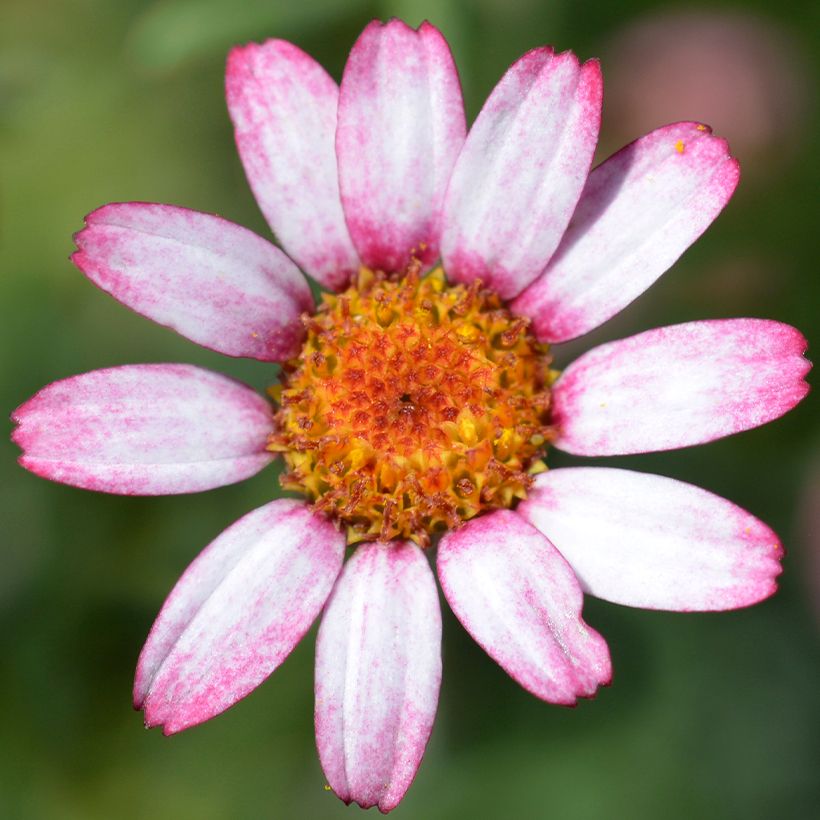

Flowering
Foliage
Plant habit
Botanical data
Rhodanthemum
x hosmariense
Marrakesh
Asteraceae
Moroccan Daisy, African Daisy
Atlas Mountains
Other Perennials A to Z
View all →Planting and care
Moroccan daisies 'Marrakesh' can be planted in containers and flower pots or directly in the ground (in mild climates) in finely prepared, well-drained soil enriched with compost. Plant them as soon as possible upon receipt. If the intended location is not yet ready or if conditions are unfavorable for planting, you can grow them in pots for 4 to 6 weeks. After planting, you can pinch the tip of the plant between your thumb and index finger to remove the terminal bud and encourage branching (optional).
In containers and flower pots, use a well-draining potting soil for flowering plants (for example, with a lot of bark or perlite) enriched with slow-release fertilizer. The top of the plug plant should be level with the soil. Water generously at planting and in the following weeks, as plug plants can dry out quickly. However, be careful not to overwater! Make sure to use containers with drainage holes and empty the saucer 10 minutes after watering. Remember to water even during winter if it doesn't rain or if the container is placed in a sheltered location. Do not water during freezing periods.
Once growth resumes, from late February to early March, and throughout the flowering period, apply a liquid fertilizer for flowering plants 1 to 2 times a week with the watering water. Remove faded flowers to encourage new blooms. Once flowering is over, container plants can be replanted in the garden.
In the ground: these Mediterranean plants thrive in sunlight and well-drained, sandy or rocky soils, even limestone and dry in summer. After flowering, remove faded flowers and water (in the evening, never in direct sunlight) if the plant shows signs of drying out. It will form new foliage.
Planting period
Intended location
Care
Planting & care advice
This item has not been reviewed yet - be the first to leave a review about it.
Similar products
Haven't found what you were looking for?
Hardiness is the lowest winter temperature a plant can endure without suffering serious damage or even dying. However, hardiness is affected by location (a sheltered area, such as a patio), protection (winter cover) and soil type (hardiness is improved by well-drained soil).

Photo Sharing Terms & Conditions
In order to encourage gardeners to interact and share their experiences, Promesse de fleurs offers various media enabling content to be uploaded onto its Site - in particular via the ‘Photo sharing’ module.
The User agrees to refrain from:
- Posting any content that is illegal, prejudicial, insulting, racist, inciteful to hatred, revisionist, contrary to public decency, that infringes on privacy or on the privacy rights of third parties, in particular the publicity rights of persons and goods, intellectual property rights, or the right to privacy.
- Submitting content on behalf of a third party;
- Impersonate the identity of a third party and/or publish any personal information about a third party;
In general, the User undertakes to refrain from any unethical behaviour.
All Content (in particular text, comments, files, images, photos, videos, creative works, etc.), which may be subject to property or intellectual property rights, image or other private rights, shall remain the property of the User, subject to the limited rights granted by the terms of the licence granted by Promesse de fleurs as stated below. Users are at liberty to publish or not to publish such Content on the Site, notably via the ‘Photo Sharing’ facility, and accept that this Content shall be made public and freely accessible, notably on the Internet.
Users further acknowledge, undertake to have ,and guarantee that they hold all necessary rights and permissions to publish such material on the Site, in particular with regard to the legislation in force pertaining to any privacy, property, intellectual property, image, or contractual rights, or rights of any other nature. By publishing such Content on the Site, Users acknowledge accepting full liability as publishers of the Content within the meaning of the law, and grant Promesse de fleurs, free of charge, an inclusive, worldwide licence for the said Content for the entire duration of its publication, including all reproduction, representation, up/downloading, displaying, performing, transmission, and storage rights.
Users also grant permission for their name to be linked to the Content and accept that this link may not always be made available.
By engaging in posting material, Users consent to their Content becoming automatically accessible on the Internet, in particular on other sites and/or blogs and/or web pages of the Promesse de fleurs site, including in particular social pages and the Promesse de fleurs catalogue.
Users may secure the removal of entrusted content free of charge by issuing a simple request via our contact form.
The flowering period indicated on our website applies to countries and regions located in USDA zone 8 (France, the United Kingdom, Ireland, the Netherlands, etc.)
It will vary according to where you live:
- In zones 9 to 10 (Italy, Spain, Greece, etc.), flowering will occur about 2 to 4 weeks earlier.
- In zones 6 to 7 (Germany, Poland, Slovenia, and lower mountainous regions), flowering will be delayed by 2 to 3 weeks.
- In zone 5 (Central Europe, Scandinavia), blooming will be delayed by 3 to 5 weeks.
In temperate climates, pruning of spring-flowering shrubs (forsythia, spireas, etc.) should be done just after flowering.
Pruning of summer-flowering shrubs (Indian Lilac, Perovskia, etc.) can be done in winter or spring.
In cold regions as well as with frost-sensitive plants, avoid pruning too early when severe frosts may still occur.
The planting period indicated on our website applies to countries and regions located in USDA zone 8 (France, United Kingdom, Ireland, Netherlands).
It will vary according to where you live:
- In Mediterranean zones (Marseille, Madrid, Milan, etc.), autumn and winter are the best planting periods.
- In continental zones (Strasbourg, Munich, Vienna, etc.), delay planting by 2 to 3 weeks in spring and bring it forward by 2 to 4 weeks in autumn.
- In mountainous regions (the Alps, Pyrenees, Carpathians, etc.), it is best to plant in late spring (May-June) or late summer (August-September).
The harvesting period indicated on our website applies to countries and regions in USDA zone 8 (France, England, Ireland, the Netherlands).
In colder areas (Scandinavia, Poland, Austria...) fruit and vegetable harvests are likely to be delayed by 3-4 weeks.
In warmer areas (Italy, Spain, Greece, etc.), harvesting will probably take place earlier, depending on weather conditions.
The sowing periods indicated on our website apply to countries and regions within USDA Zone 8 (France, UK, Ireland, Netherlands).
In colder areas (Scandinavia, Poland, Austria...), delay any outdoor sowing by 3-4 weeks, or sow under glass.
In warmer climes (Italy, Spain, Greece, etc.), bring outdoor sowing forward by a few weeks.


































